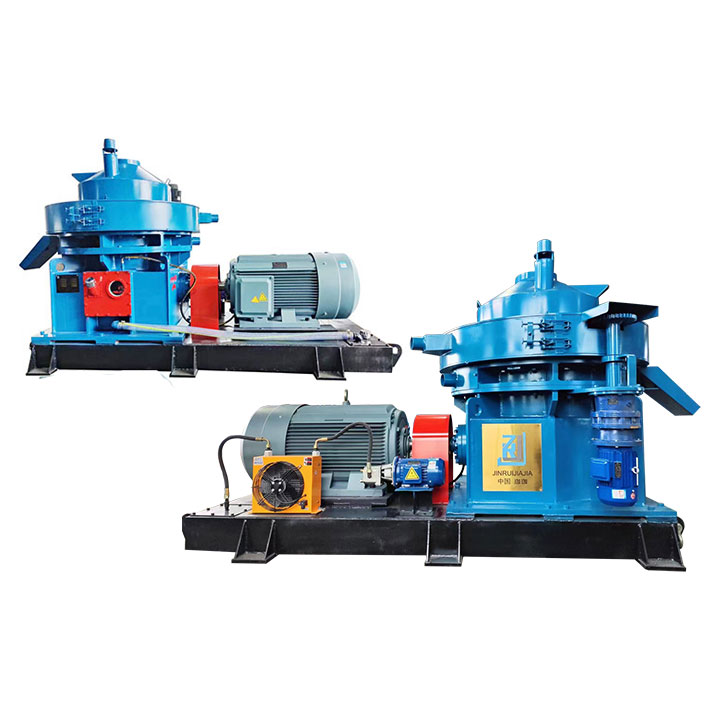- English
- Español
- Português
- русский
- Français
- 日本語
- Deutsch
- tiếng Việt
- Italiano
- Nederlands
- ภาษาไทย
- Polski
- 한국어
- Svenska
- magyar
- Malay
- বাংলা ভাষার
- Dansk
- Suomi
- हिन्दी
- Pilipino
- Türkçe
- Gaeilge
- العربية
- Indonesia
- Norsk
- تمل
- český
- ελληνικά
- український
- Javanese
- فارسی
- தமிழ்
- తెలుగు
- नेपाली
- Burmese
- български
- ລາວ
- Latine
- Қазақша
- Euskal
- Azərbaycan
- Slovenský jazyk
- Македонски
- Lietuvos
- Eesti Keel
- Română
- Slovenski
- मराठी
- Srpski језик
What are the Differences between High Moisture Pellet Machine and Ordinary Pellet Machine?
2025-04-29
The technical innovation of high moisture pellet machine focuses on the ability to dynamically control the physical properties of biomass raw materials. Its core design breaks the limitation of moisture content of materials in traditional pellet machine through the synergistic effect of variable diameter screw and multi-stage compression chamber. Ordinary pellet machine relies on the cohesive force of materials after drying to achieve molding, while high moisture pellet machine introduces shear rheology control technology to force cell wall rupture in high pressure area to release natural lignin as adhesive. The gradient distribution of mold opening ratio and high-frequency vibration unloading device can effectively overcome the viscous resistance between wet materials and mold holes. Ordinary machines are prone to mold hole blockage when the moisture content exceeds the critical value.

The difference in thermal balance system is reflected in the fact that high moisture pellet machine adopts double-circuit air cooling structure, which takes away the phase change heat generated by the compression process through the change of airflow enthalpy value, while ordinary machines usually rely on the heat conduction of the material itself to achieve heat exchange. The torque compensation mechanism of the power transmission system enables high moisture models to dynamically adapt to the load changes caused by moisture content fluctuations, while traditional equipment is prone to motor overload shutdown when the rheological properties of the material change. In terms of surface modification, the high moisture pellet machine die roller assembly forms a micron-level composite ceramic layer through plasma nitriding technology to resist the corrosion of electrolyte solution in the wet material.
The optimization strategy of the pretreatment link is reflected in the integration of the online humidity feedback system in the high moisture pellet machine, and the uniform distribution of moisture and auxiliary materials is achieved through the double-axis premixer. Ordinary equipment needs to rely on external drying process to adjust the material state. This difference in structural integration leads to a reduction in the footprint of the high moisture pellet machine, but the power configuration requirements are higher. In terms of finished product characteristics, the pellets formed by the high moisture pellet machine rely on the biomass components themselves to bond, and ordinary models need to add artificial binders to maintain structural integrity.



